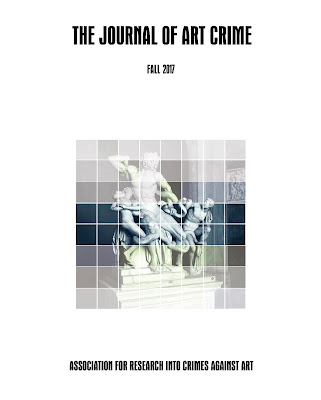In a letter of 17 January 2018, an attorney for the US Department of Justice has indicated that "Hobby Lobby" has handed over additional cuneiform tablets.
As stated in the enclosed Stipulation, and pursuant to the July 20, 2017 Stipulation of Settlement, Hobby Lobby has delivered to the United States an additional 245 cylinder seals which comprise part of the December 2010 order and consents to their forfeiture. Upon the Court so-ordering the Stipulation, the United States will commence publication of notice of forfeiture on the grounds that the 245 cylinder seals constitute merchandise that was introduced or attempted to be introduced into the United States contrary to law, and are therefore subject to seizure and forfeiture to the United States, in accordance with 19 U.S.C. § 1595a(c)(1)(A), as alleged in the Verified Complaint in Rem. Accordingly, the United States respectfully requests that the Court so-order the enclosed Stipulation.This case is in addition to the material seized in July 2017.
The material forms part of an order dating back to December 2010 (see documentation from ARCA; see also discussion by Roberta Mazza). The material seems to have passed through UAE.
Hobby Lobby should now disclose the sources for its purchases along with the authenticated supporting documentation.



















